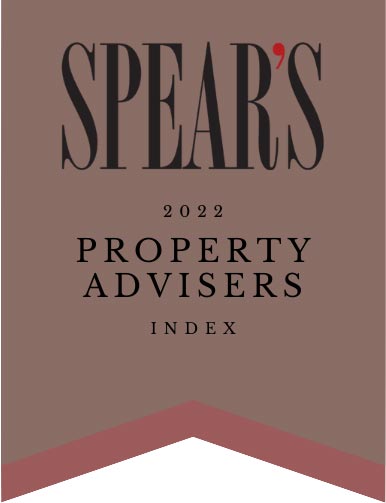Greater Potential for Development
Local Authorities throughout the UK have typically guarded against the loss of commercial sites, despite many developers having targeted them for residential redevelopment. This reflects the fact that authorities want to ensure a broad range of employment sites are available within their areas. Under Class O of the Use Classes Order, some developers have succeeded in converting vacant office buildings to residential use.
However, in August, a new Use Class ‘ZA’ has brought more permitted development rights, allowing demolition of vacant commercial and residential buildings to make way for new housing. This means that planning permission will not be required and planning obligations, by way of Section 106 Agreements, will also not be required. The building to be demolished must have been built before 1 January 1990 and have been entirely vacant for at least six full months prior to the date of the application for prior approval.
The Time is Ripe for Investment
Changes undergone over the last quarter are whetting developers’ appetites for lucrative investments in prime locations in major cities, unlocking prime property. This window of opportunity will enable investors to leverage redundant commercial property assets. A golden goose could be right under your nose! Historically, the concept of constructing a ‘blank canvas’ in a desirable major city location would have been beyond the realms of possibility.
Rejuvenate City Centres
Vacant properties reinforce low levels of consumer confidence. The face of the high street is changing as digital transformation has been accelerated by the pandemic. The new permitted development rights are timely, with investors armed with knowledge on trends and patterns onset by the pandemic. One example is the remote working model, which is likely to have changed typical residential building layouts, with an increased demand for outside space and larger living spaces.
Strengthen Your Development Portfolio
There are a few reasons that property developers are looking to diversify their property portfolios. The first – a new opportunity for commercial portfolios to expand into residential, as the demarcation of converting commercial property is relaxed. Colin Brown, Head of the Planning & Development division for Carter Jonas comments on where the business sees the most merit in the permitted Class ZA development:
“It seems clear to us that Class ZA will bring new opportunities to investors and developers alike. Many will have commercial or residential investments in their portfolios which are either under-performing or which offer greater returns if development can be intensified by adding either floor space, or storey heights, or both, while delivering new residential developments.”
The Devil Is In The Detail
Large Mortgage Loans would like to take this opportunity to highlight that any buildings to be redeveloped must have been built before 1990; should have a footprint of no more than 1,000 sq.m. The resultant building must sit within the footprint of the existing building and should be no more than seven metres or two storeys higher than the pre-existing building, subject to an overall height restriction of 18 metres.
Colin Brown encourages all investors or developers to seek proper advice in all cases. The planning system is nuanced and complicated to navigate, and dealing with trusted experts from the offset can save time and money.
Financing A Property Development
Large Mortgage Loans are experts in commercial finance. Our team of specialised brokers can source development financing for residential, commercial and mixed-use projects. We’ve spent the last 15 years helping new and experienced property developers find the capital they need to start and complete their developments.
We have significant experience in arranging property development loans, and we have an in-depth understanding of how to present individual cases to lenders, thereby securing the best possible outcomes. We will follow the application process to the letter, submitting all necessary drawings, plans, budget forecasts and a schedule of works to the lender to ensure the best chance of a successful application. Moreover, largemortgageloans.com relationships with a panel of specialist property development lenders and other institutions means we’re in the perfect position to find you a tailored solution.
For more information on how to finance your next property development, or to discuss your options with a specialist broker, contact us today.
In our next blog we will look at What the Future Holds for Office and Retail to Residential Rights after the Government opened the ‘Supporting Housing Delivery and Public Service Infrastructure’ consultation.




















